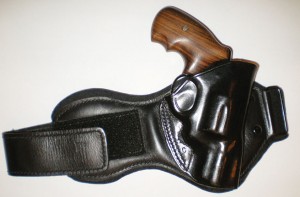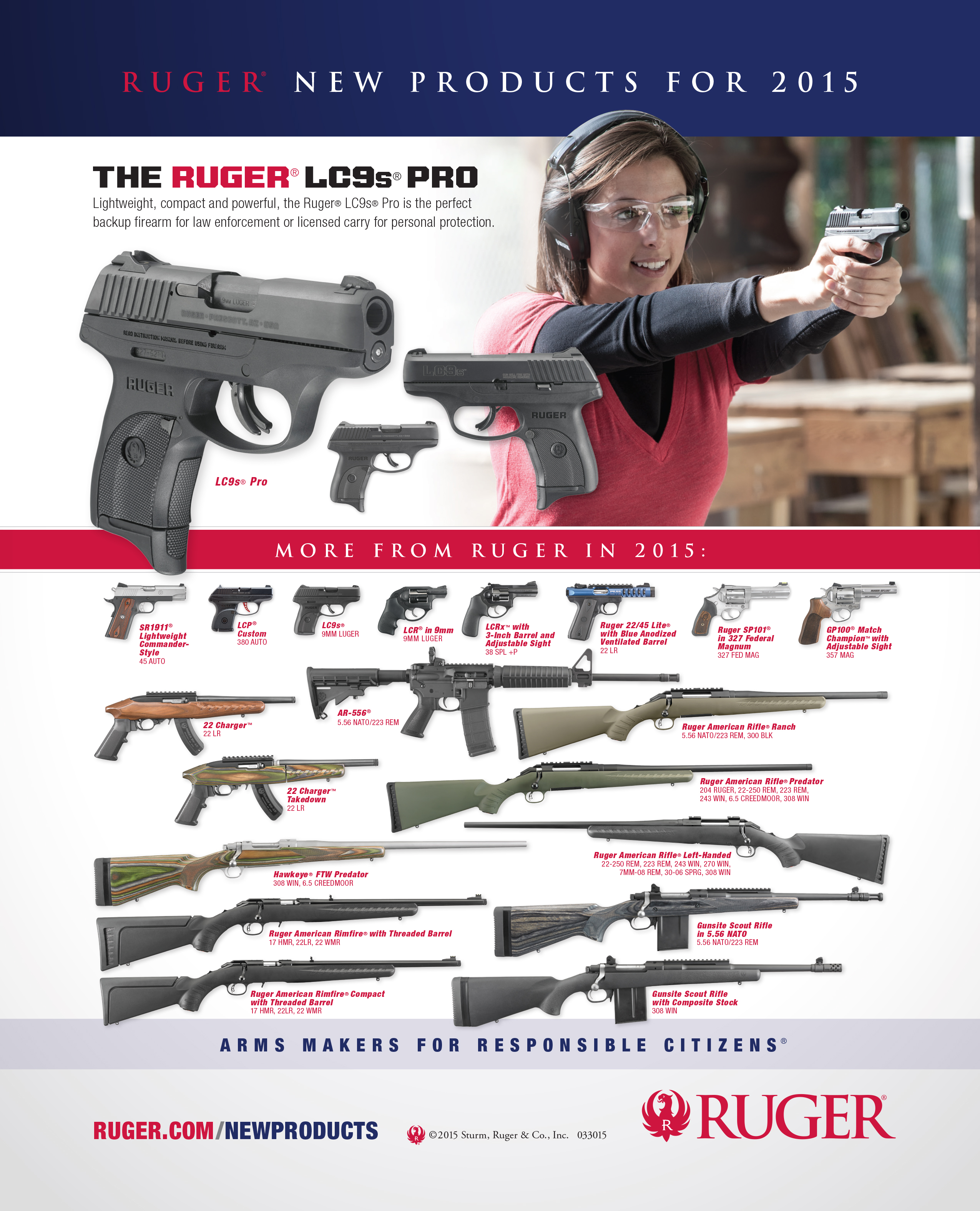by Tom Givens | Chief Firearms Instructor, SAF-TD
Many of us carry a small handgun as a second, or back-up, gun (BUG) in addition to our larger, primary pistol. There are a number of solid reasons for this practice.
First, I teach all over the US, and everywhere I go I see good quality, well maintained handguns break during classes. By “break” I do not mean malfunction. I mean a part in the gun literally fails, putting the gun out of action. If it happens in classes, it may happen in a fight. If your primary gun becomes non-functional, a second gun could be a literal life saver. Second, you can give the back-up gun to a trained but unarmed companion. Third, in a struggle a BUG may be more accessible than your primary gun.
There are a number of ways to carry this secondary handgun, and over the years I have settled on ankle carry for mine. Here are my reasons for this decision.
Pocket carry just has too many limitations. It is damn near impossible to draw a gun from a pocket holster while seated, whether in a car or at a desk or table. We spend way too much time seated, especially in the car, for this carry mode. In a tangled hand to hand fight, pocket carry would be difficult to draw from. It is also very difficult to get a gun out of a right front pocket with the left hand, and vice versa.
Some people simply wear the back-up gun on the belt, on the support side, with the primary gun on the dominant hand side. My belt already has enough stuff on it, so I don’t care much for this mode, either.
Carrying a handgun in a well-designed ankle holster solves many of these issues. The ankle gun is actually quite easy to access while seated. While driving, a gun on the inside of the left ankle (right handed person) is quite easily accessed by the right hand. Even on my back on the ground, I can get to my ankle gun with either hand if necessary. A well-made ankle rig is comfortable and discrete.
There are several very well designed and well-made choices among ankle holsters. Over the years I have tried several, and have settled on some that are very comfortable, adequately secure, protect the pistol from the elements, and allow rapid acquisition. My favorites include the ankle holsters from Alessi, Ken Null, DeSantis, and Galco.
If I had to rank them in order of preference, the Alessi and Null rigs would be tied for first place. Both use Velcro fasteners to secure the holster to your lower calf. Both use precise molding to secure the handgun quite well, while allowing a very quick presentation. Both have a compressed felt backer on the holster, to protect your leg.
My next choice is the DeSantis rig. This is an elastic rig that closes with Velcro. In the revolver version, an ingenious bit of leather sits behind the trigger guard to keep the gun in place until you grasp it and pull firmly. This is a very comfortable and fast ankle set-up. The Galco version has a thumb-break security snap and very lightweight construction. Both the DeSantis and Galco holsters have a sheepskin pad behind the holster to cushion your leg.
Ankle carry works best with handguns that weigh around one pound, or very little more. The Airweight Smith & Wessons and the Colt Cobra or Agent are perfect for this role. Wear the thing for three or four weeks and you’ll hardly notice it is there from that point on. You may never need that back-up gun, but if you do, you’ll need it very badly.
The latest in TGM’s series of informational columns from the Second Amendment Foundation Training Division. For more information, visit: saftd.org.






